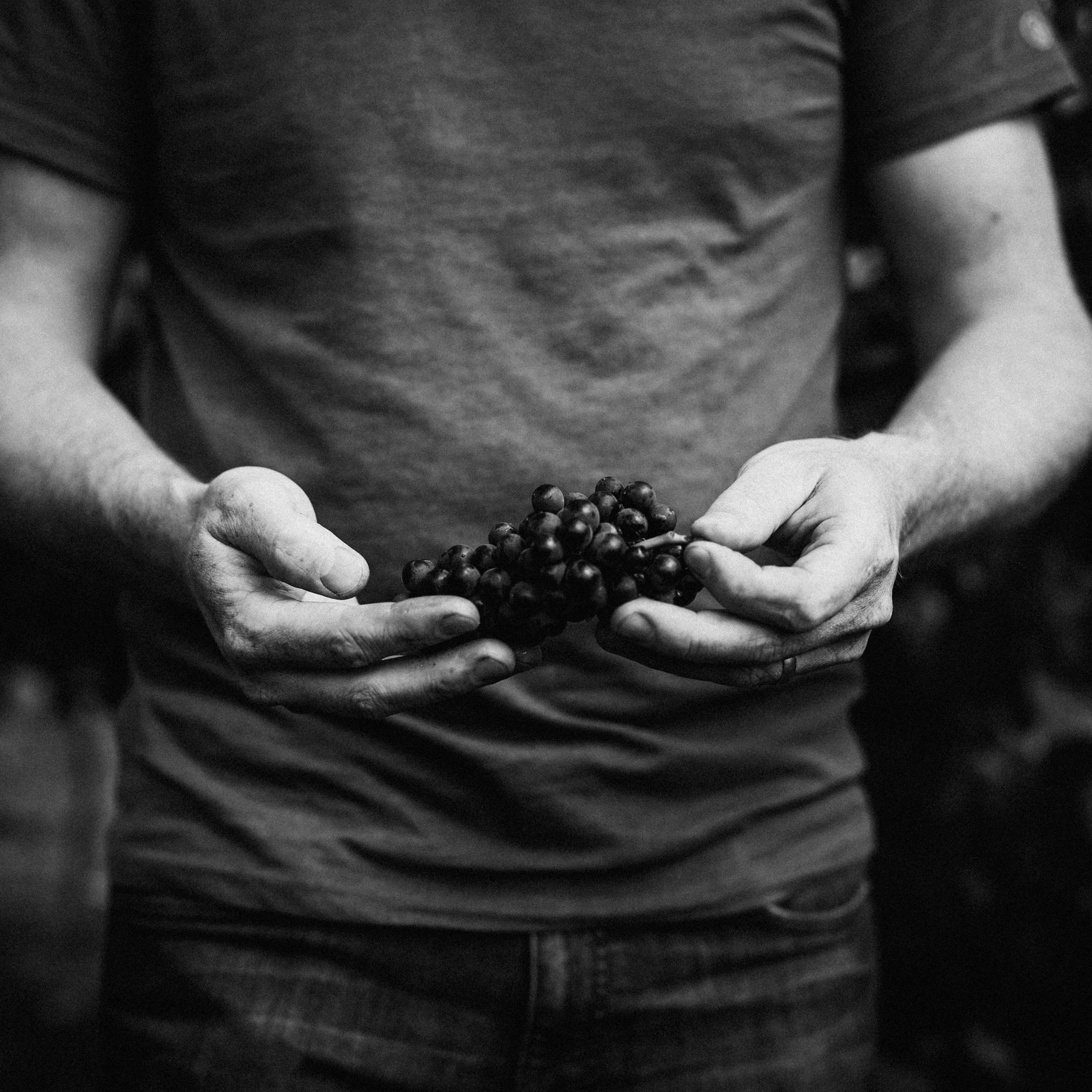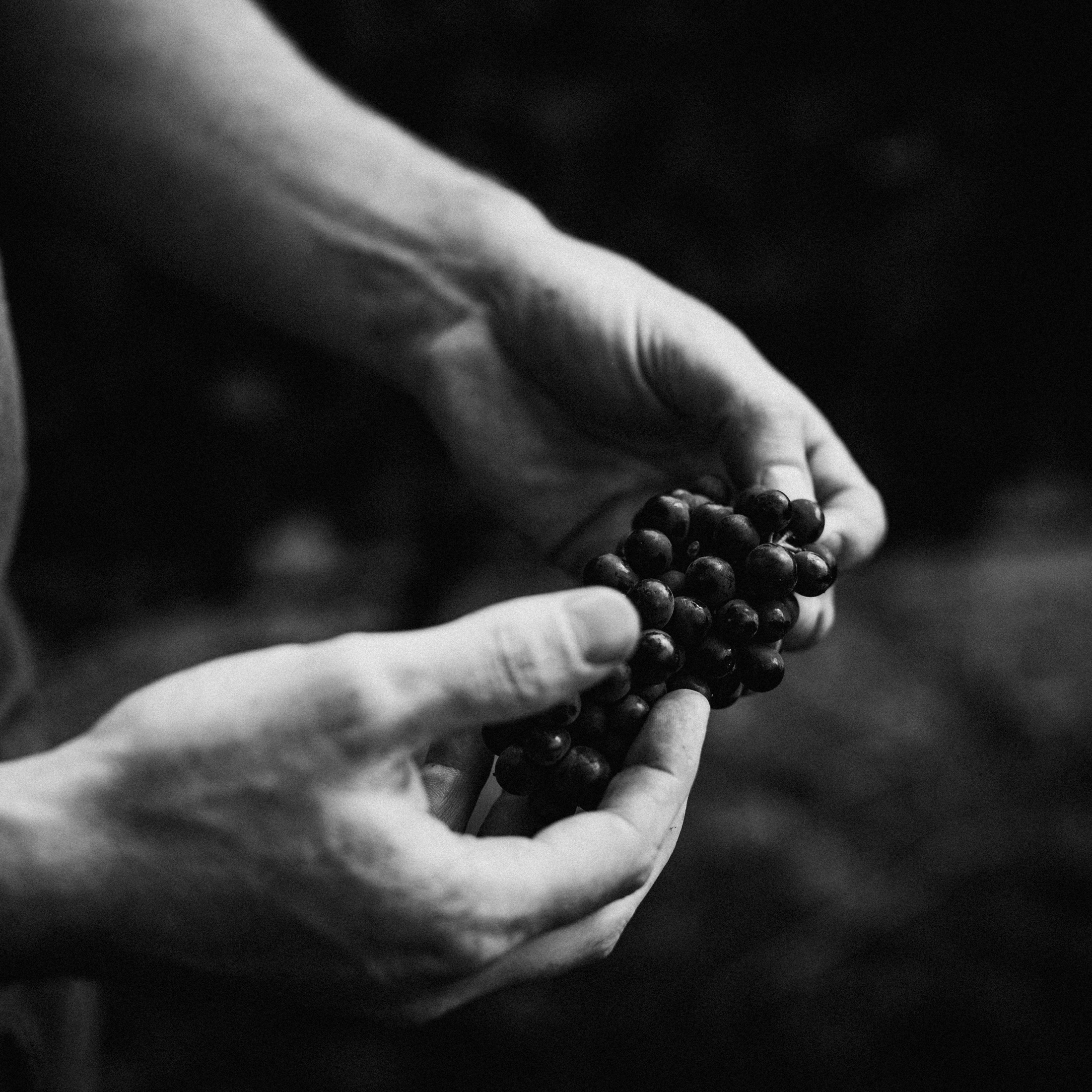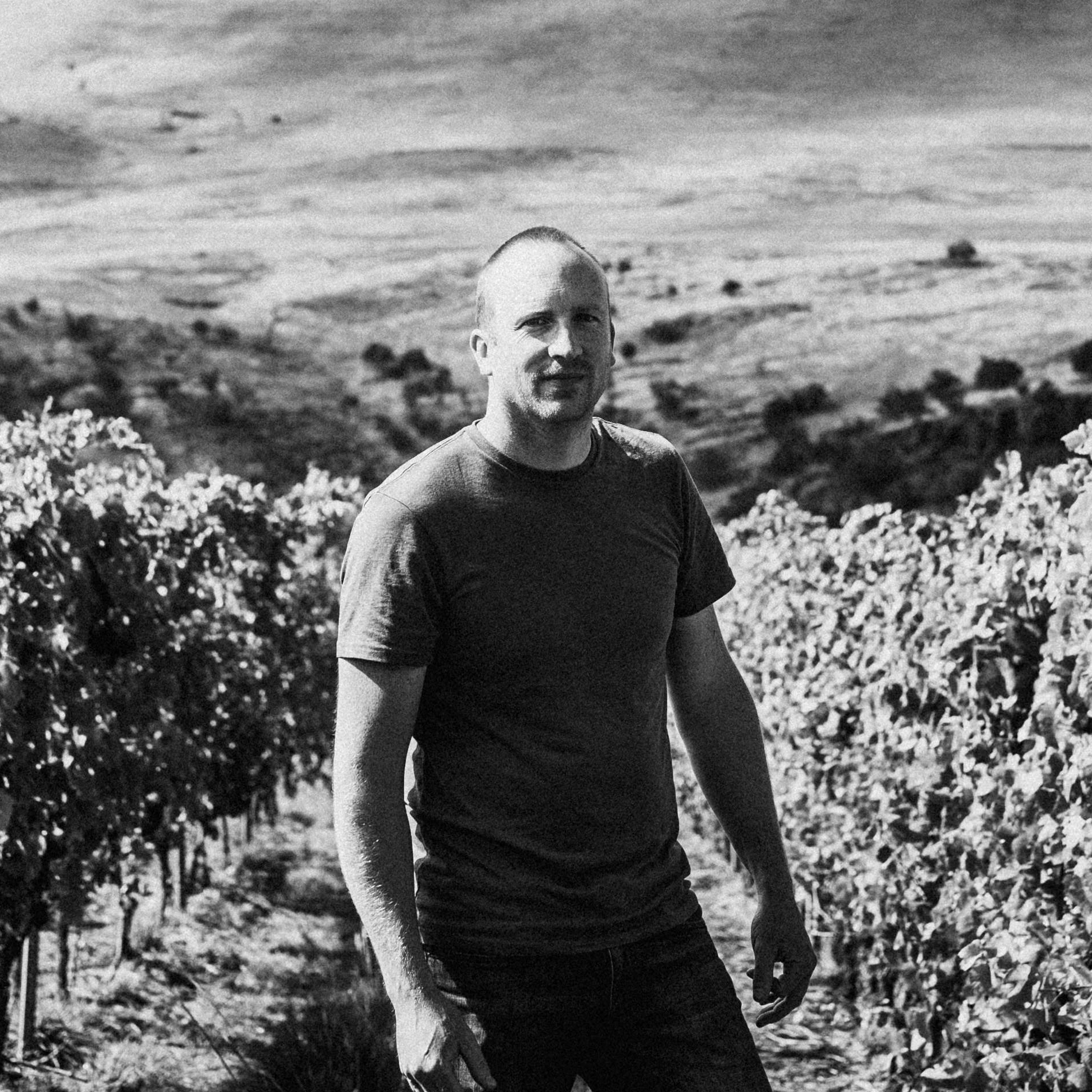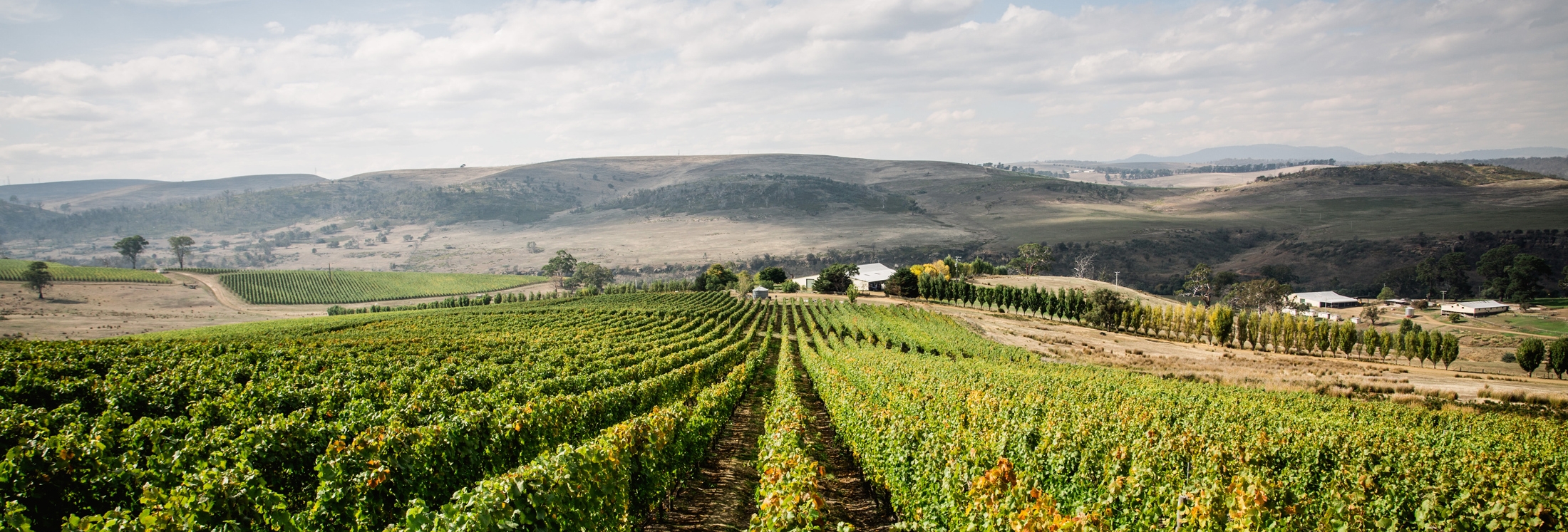the backSTORY
In the 1850s Nick Glaetzer’s great, great, great grandparents, Charles and Martha Masters established one of the pioneer Barossa Valley vineyards on their Wroxton Grange property near Angaston. In 1888 Nick’s great, great grandparents Eduard and Anna Marie Glätzer also emigrated to the Barossa Valley, where his family today runs Glaetzer Wines, famous for the legendary Amon Ra shiraz.
Nick made the move to Tasmania in 2005, driven by his obsession with cool climate shiraz and pinot noir. In 2011 he was named Young Winemaker of the Year by Gourmet Traveller Wine Magazine. His 2010 Mon Père Shiraz was the first Tasmanian wine to win Australia’s most coveted wine award, the Jimmy Watson Memorial Trophy, and in 2019 Nick was named a Future 50 winemaker at the International Wine & Spirit Competition in London by the Wine & Spirit Education Trust (WSET).
Nick cut his teeth in the cellars of his family’s Glaetzer Wines in the Barossa and completed his oenology and viticulture degree in Margaret River. He worked in Margaret River, (Leeuwin Estate and Evans & Tate), the Hunter Valley (Rosemount Estate), the Riverland (Treasury Wine Estates), the Pfalz region of Germany (Weingut Eugen Müller), Burgundy (Domaine Albert Morot), Rhône Valley (Chateau de Montfaucon) and the Langeudoc (Domain de la Ferrrandière) before a love of pinot noir drew him to Tasmania. He initially worked alongside Alain Rousseau and Andrew Hood at Frogmore Creek in the Coal River Valley.
In 2008 Nick set up Glaetzer-Dixon Family Winemakers, initially sharing winemaking facilities at Frogmore Creek and Moorilla before moving to a purpose-built cellar in a former ice factory on the edge of Hobart’s CBD.
Nick sources grapes for Glaetzer-Dixon from about a dozen growers in Tasmania, mostly in the Coal River and Upper Derwent valleys in the south and Tamar Valley in the north. Some of these growers were the pioneers of the Tasmanian wine industry, establishing their vineyards in the early 1970s. Nick has planted a 12ha vineyard at Tea Tree in the Coal River Valley, with the first harvest due in 2023.
RIESLING
While working in the Pfalz wine region of Germany, Nick was converted to the local method of selecting the harvest date of riesling grapes based on their acid content and phenolic structure ‒ rather than the traditional Australian manner of harvesting on sugar concentration and grape flavour. These grapes then ferment into riesling wines with luscious citrus and stone fruit flavours and aromas with generous structure and longevity.
The mid-palate structure of GDF riesling is invigorated through sur lie, keeping the finished wine on ferment lees (in stainless steel tanks) for 6-30 months.
PINOT NOIR
The slow rate of ripening in Tasmania is perfect for pinot noir as it gives the seed and stalk tannins more time to mature on the vine. It is this fine tannin in the finished wine structure that sets Tasmanian pinot apart.
Along with incorporating stalks with some pinot ferments, Nick also applies the techniques of co-fermentation (with pinot gris), carbonic maceration, cold soaking and post-ferment maceration. These traditional and natural techniques each impart a unique flavour and texture, creating a layering effect to the final blend.
Glaetzer-Dixon pinots are matured in French oak barriques sourced from coopers based in Burgundy, Nièvre, Cognac, the Rhône Valley and Barossa Valley.
SHIRAZ
The last variety to ripen for Glaetzer-Dixon each vintage is shiraz ‒ often in mid May. The distinctive white pepper character of cool-climate shiraz is obvious in the grapes when they are ready to harvest. Use of whole bunches, stalks and post-ferment maceration add complexity to the tannin structure.
The Mon Père shiraz is aged in French oak barriques sourced from cooperages in Cognac and the Rhône Valley.




